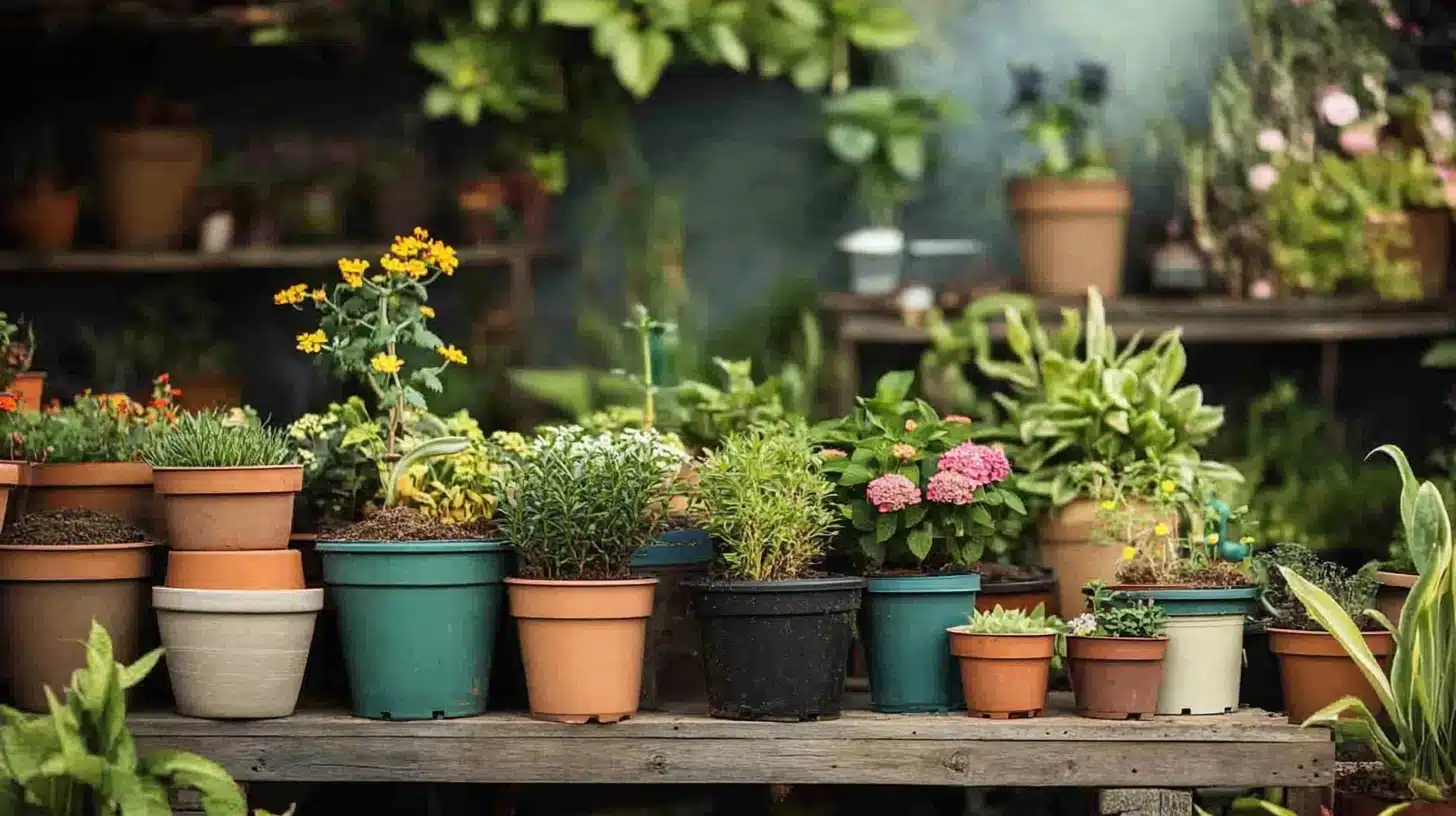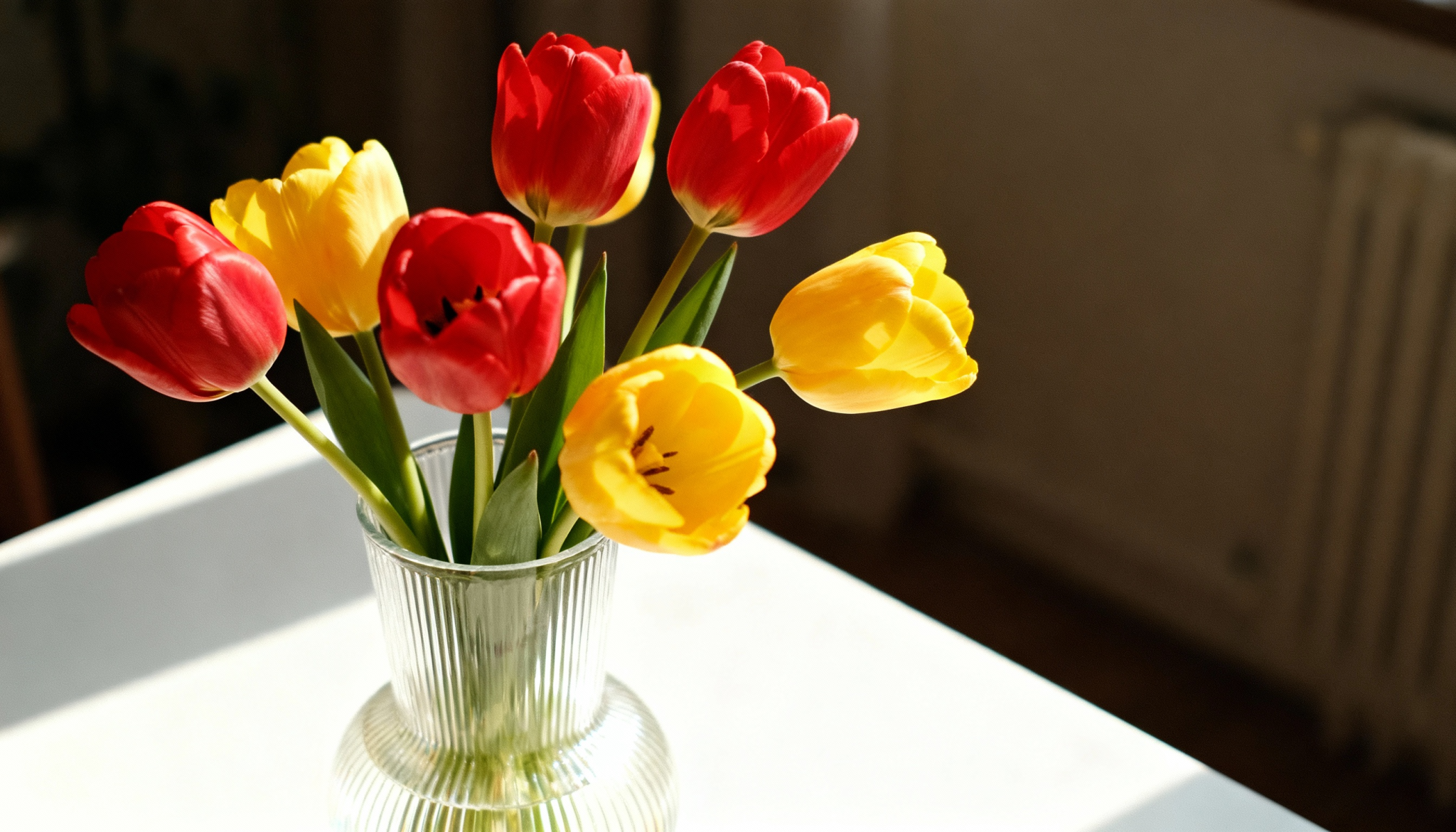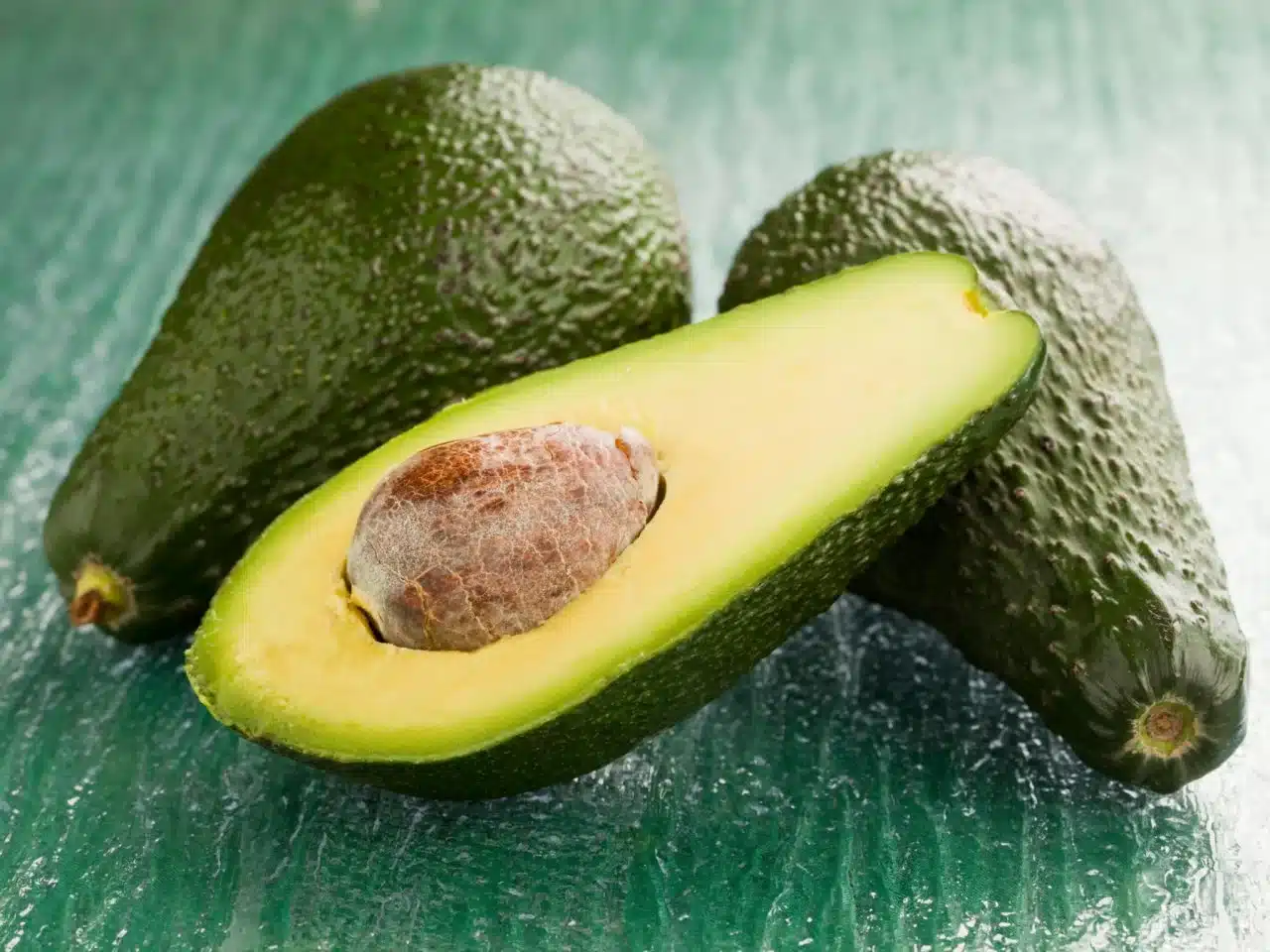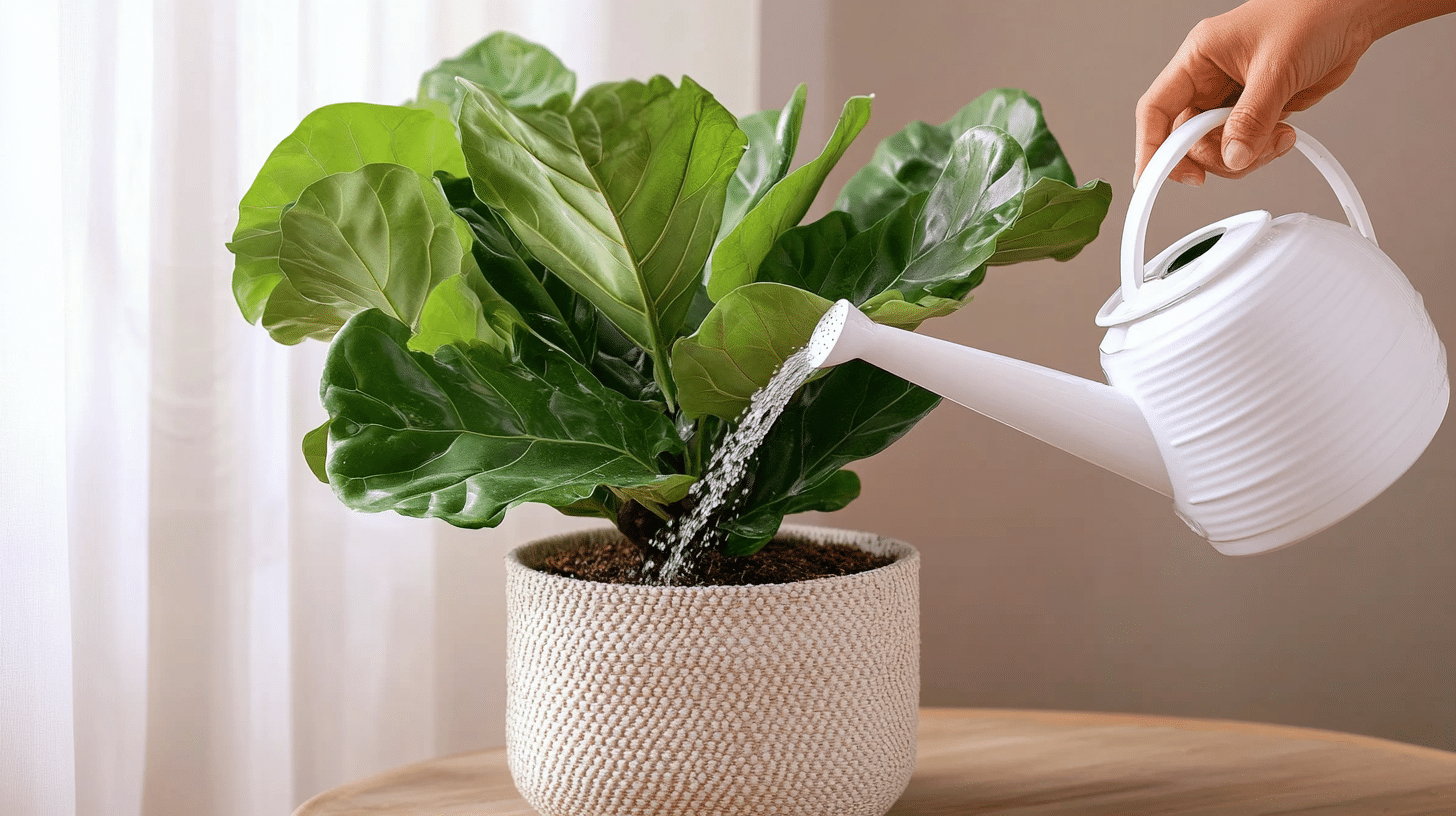How Do You Choose the Right Garden Supplies for Your Plants?
Creating a healthy and thriving garden requires more than just planting seeds or seedlings. The right garden supplies can make all the difference in the growth and longevity of your plants.
From soil and fertilizers to tools and watering systems, each component plays a vital role in providing your plants with the environment they need to flourish. But with so many options available, how do you choose the right garden supplies for your plants? This guide will help you navigate the essential factors to consider.
1. Understand Your Plants’ Needs
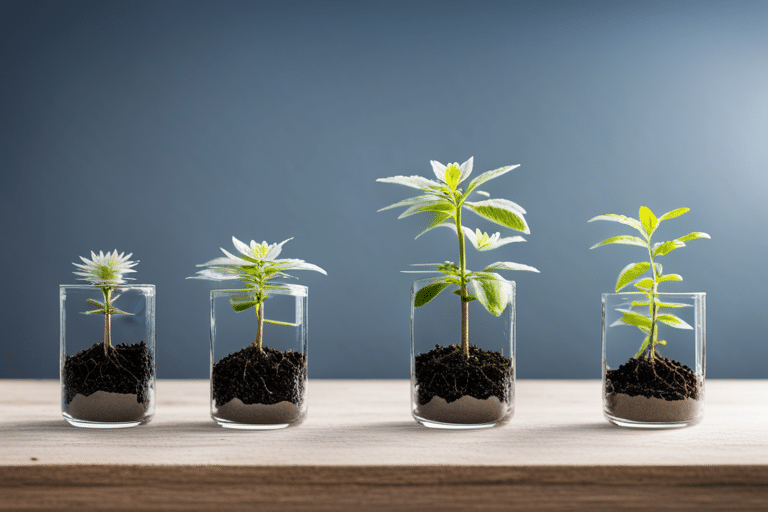
Before selecting any garden supplies, it’s essential to know the specific needs of your plants. Different plants require different growing conditions, such as varying amounts of sunlight, water, and nutrients. For example, some plants thrive in well-drained, sandy soil, while others prefer more nutrient-dense, loamy soil.
Key Questions to Ask:
- What type of soil is ideal for the plants you’re growing?
- How much sunlight do your plants require?
- Do your plants need regular watering, or are they drought-tolerant?
- Are there any specific nutrients that your plants need to grow well?
Understanding your plants’ basic needs will help you make informed decisions when choosing the right garden supplies.
2. Choose the Right Soil
Soil is the foundation of any garden, and selecting the right type is critical for plant health. There are different soil types available—sandy, loamy, clay, and silt—each with unique properties that affect drainage, nutrient retention, and aeration.
Types of Soil:
- Sandy Soil: Swiftly drains yet might not hold onto nutrients well. Ideal for plants such as root vegetables and succulents.
- Clay Soil: Holds water and nutrients well but may become compacted, making it difficult for roots to grow. Suitable for moisture-loving plants like roses and willows.
- Loamy Soil: A balanced mixture of sand, silt, and clay, making it ideal for most garden plants due to its ability to retain nutrients and moisture while providing good drainage.
If your garden soil isn’t ideal for the plants you’re growing, consider amending it with organic matter like compost or buying specialty soils tailored to specific plant types, such as cactus soil or vegetable garden mix.
3. Invest in Quality Fertilizers
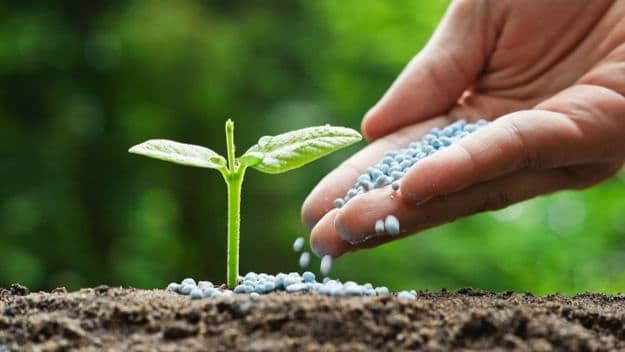
Fertilizers provide your plants with essential nutrients that may not be present in the soil. Choosing the right fertilizer depends on the type of plants you’re growing and their specific nutrient needs. Fertilizers are generally categorized as organic or synthetic, and both have their benefits.
Organic vs. Synthetic Fertilizers:
- Organic Fertilizers: Derived from natural sources like compost, manure, and bone meal, organic fertilizers release nutrients slowly over time and improve soil structure.
- Synthetic Fertilizers: Manufactured chemically, synthetic fertilizers provide quick results and are more precise in terms of nutrient composition, but they don’t improve soil quality.
Pay attention to the N-P-K ratio (nitrogen, phosphorus, and potassium) on the fertilizer packaging. Different plants require different nutrient balances; for instance, leafy greens benefit from nitrogen-rich fertilizers, while flowering plants often need more phosphorus.
4. Select the Right Tools
Having the proper gardening tools can make a significant difference in the ease and success of your gardening activities. The right tools help you perform essential tasks like planting, weeding, pruning, and harvesting more efficiently. However, not all tools are necessary for every gardener.
Essential Tools:
- Hand Trowel: A small tool used for digging and planting, ideal for small garden beds and container gardens.
- Pruning Shears: Used for trimming plants, removing dead or damaged leaves, and maintaining healthy growth.
- Garden Fork: Helps in turning and aerating soil, which is especially useful for compacted soil.
- Garden Hose or Watering Can: Ensures your plants get the right amount of water. Choose a hose with an adjustable nozzle for versatility.
- Wheelbarrow: Useful for transporting soil, compost, and heavy tools around the garden.
When buying tools, prioritize comfort and durability. Stainless steel tools tend to last longer, while ergonomic handles can reduce strain during long gardening sessions.
5. Watering Systems and Irrigation
Proper watering is crucial for plant health, but different plants have different water requirements. Some need consistent moisture, while others prefer dry conditions. Choosing the right watering system can help ensure that your plants get the right amount of water at the right time.
Options for Watering:
- Manual Watering: Using a garden hose or watering can is straightforward and allows you to control how much water each plant receives.
- Drip Irrigation: A drip irrigation system slowly delivers water directly to the plant’s roots, making it an efficient choice for water conservation.
- Sprinklers: Sprinklers are suitable for large lawns or garden beds, but they may not be ideal for plants that don’t like having wet leaves, such as tomatoes or peppers.
For best results, consider investing in a timed irrigation system, which can automate watering and prevent over- or under-watering.
6. Mulch for Moisture Retention and Weed Control
Mulch is a valuable addition to any garden as it helps retain soil moisture, suppress weeds, and regulate soil temperature. Organic mulches, such as straw, bark, or wood chips, decompose over time and add nutrients to the soil. Inorganic mulches like plastic sheeting or gravel are more durable but don’t provide any nutritional benefits.
Benefits of Mulch:
- Reduces evaporation, keeping soil moist for longer periods
- Suppresses weed growth, reducing competition for nutrients
- Improves soil structure as organic mulches break down
Apply mulch around the base of your plants, leaving a small gap around the stems to prevent rot.
7. Pest Control Solutions
Pests can quickly damage or destroy your garden, so it’s important to choose the right pest control solutions. Organic options like neem oil, insecticidal soap, and beneficial insects (e.g., ladybugs) can help keep pests at bay without harming the environment. Chemical pesticides are also available, but they can have negative effects on beneficial insects and soil health.
Pest Control Considerations:
- Identify the specific pests in your garden before selecting a solution.
- Opt for organic or eco-friendly pest control whenever possible.
- Regularly inspect your plants for signs of pests to catch problems early.
Choose the Right Garden Supplies
Choosing the right garden supplies for your plants involves understanding your plants’ unique needs and selecting the appropriate soil, fertilizer, tools, watering systems, mulch, and pest control solutions. For houseplants and lush greenery, a high-quality potting soil for green plants provides the balanced structure and nutrients needed for them to thrive year-round.
By carefully considering each of these elements, you can create an environment where your plants can thrive and grow, resulting in a healthier, more productive garden.

